This section contains Panling Robe (盘领袍), Lanshan (襕衫).
Size range: 165/88A to 185/104A.
Please read the introduction of the topic and how to use this guide in advance.
Introduction
In the Sui and Tang dynasties, the basic features of the Yuanling Shan (圆领衫, round neck shirt) were narrow sleeves, a slightly shorter length, and a straight strip of cloth standing on top of the collar. Later, the collar of the round neck shirt began to gradually become wider and lower, to the Song dynasty, has completely become the collar edge of the pan collar spreading, while the cuffs become larger, the body of the garment becomes longer.
Ming-style Panling Pao (pan collar robe) added hem on the basis of Song style, its collar production process is generally straight cloth strip folded, and then ironed into shape, along the inner circle with line sewing tight, so that the collar edge curved to fit the round neckline, collar edge end nailed with buttons for fixed.
The Panling Robe was widely used as imperial costumes and official uniforms in the Ming Dynasty, with the basic features of a pan collar, Pipa sleeves or wide sleeves, and hem on both sides of the garment.
Only the emperor could wear clothing with dragon patterns, and the Ming emperor's ministerial uniforms in order of rank would have Mang (蟒), Feiyu (飞鱼), Douniu (斗牛) pattern, which resembled the dragon's pattern.
Officials wore a collar robe according to the color determined by their rank, one to four red, five to seven blue, eight and nine green, with a square cloth with a pattern on the chest, called Buzi (补子), which was a symbol of the official's rank.
For a detailed description of robe pattern and Buzi:
In men's hanfu clothing, there is another kind of typical pan collar clothing, namely, Lanshan (襕衫), which was mostly worn by scholars in the Song and Ming dynasties. The basic features of the Lanshan are the same as those of the panling robe, but the difference is that the fabrics used in the Lanshan shirt are all light-colored, and the collar, sleeves, side edges of the lapels, bottom edges, and hem are all edged with dark green or black edges.
Size chart & How to sew the "Bai"
How to sew the Bai
Take the left Bai (摆) as an example, Bai can be divided into three pieces: front, middle, and back.
Fold the middle piece along the center axis, sew the front and middle pieces together in the direction of the arrow on the drawing, and sew the sides together with the numbered sides.
The top view shows the folding direction of the Bai and the stitching of the edges, with the curved dotted line connecting the small edges of the Bai.
As shown below, the sides of the clothes are slit, the back edge of the back Bai (f) is sewn to the back piece of the clothes (f), and the front edge of the front Bai (e) is sewn to the front edge of the clothes (e), according to the arrow and the direction of the same letter, the edges of the same letter should be sewn together.
Panling Robe (盘领袍)
Lanshan (襕衫)
More Hanfu Style Making
Section 1: How to make Zhongyi (中衣)
Section 2: How to make Aoqun (袄裙)
Section 3: How to make Ruqun (襦裙)
Section 4: How to make Beizi (褙子)
Section 5: How to make Pan collar Aoqun (盘领袄)
Section 6: How to make Quju (曲裾)
Section 7: How to make Banbi (半臂)
Section 8: How to make Shuhe (裋褐)
Section 9: How to make Zhiduo Zhishen Daopao (直裰/直身/道袍)
Section 10: How to make Panling Pao and Lanshan (盘领袍/襕衫)
Section 11: How to make Shenyi (深衣)
Section 12: How to make Yisan (曳撒)
Section 13: How to make improved Hanfu (改良汉服)
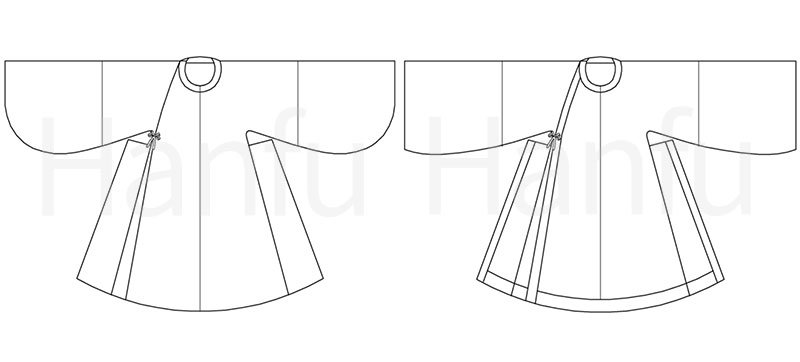

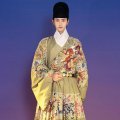
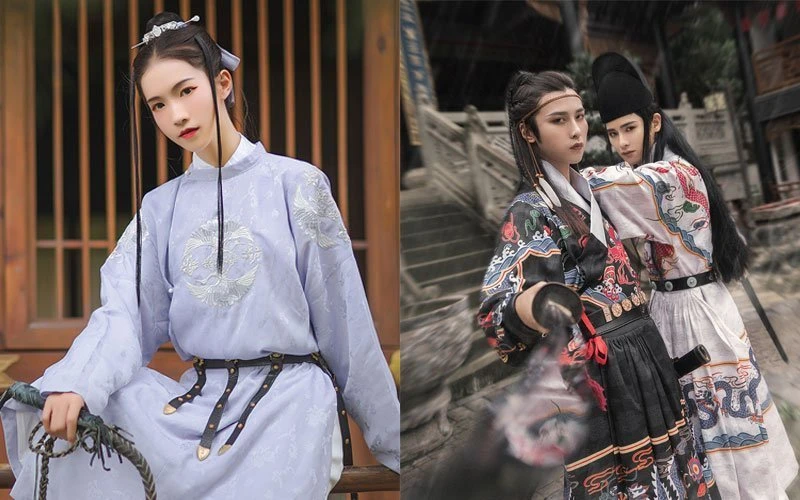

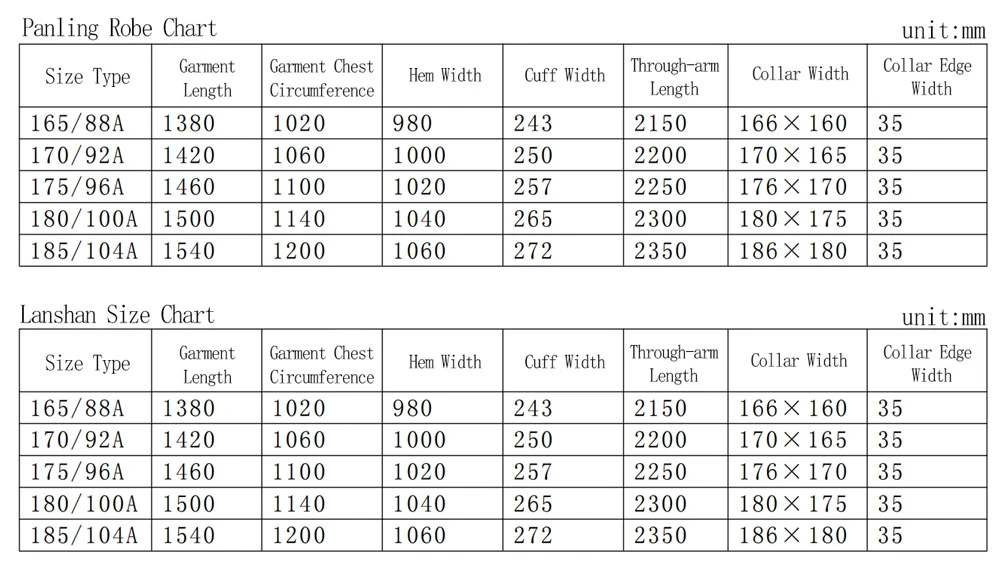
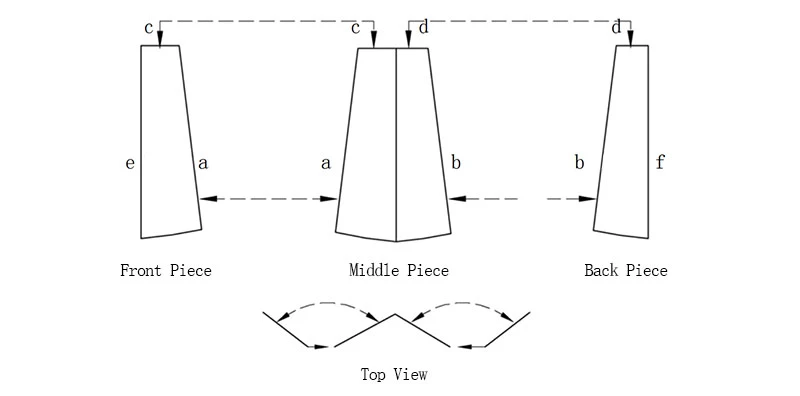
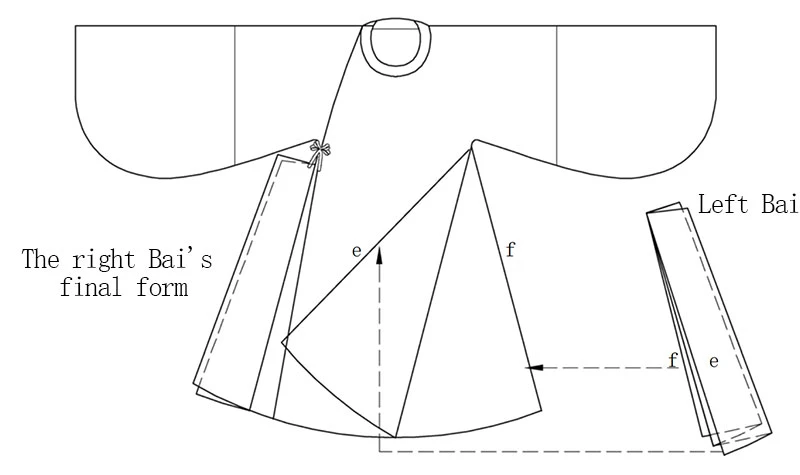




Hello and many thanks for this master class. Can any one make it clear for me - what about the side slits? I understand that there are no 开衩 kāi chà (slits) is there're bai-s inserted? I am asking because I saw an illustration in @Da Ming Clothes and Guans@ 大明衣冠图志 and the figure clothed in panlingpao has those slits, but the pattern has bai-s. So I am a bit confused now!
thanks!😍😍